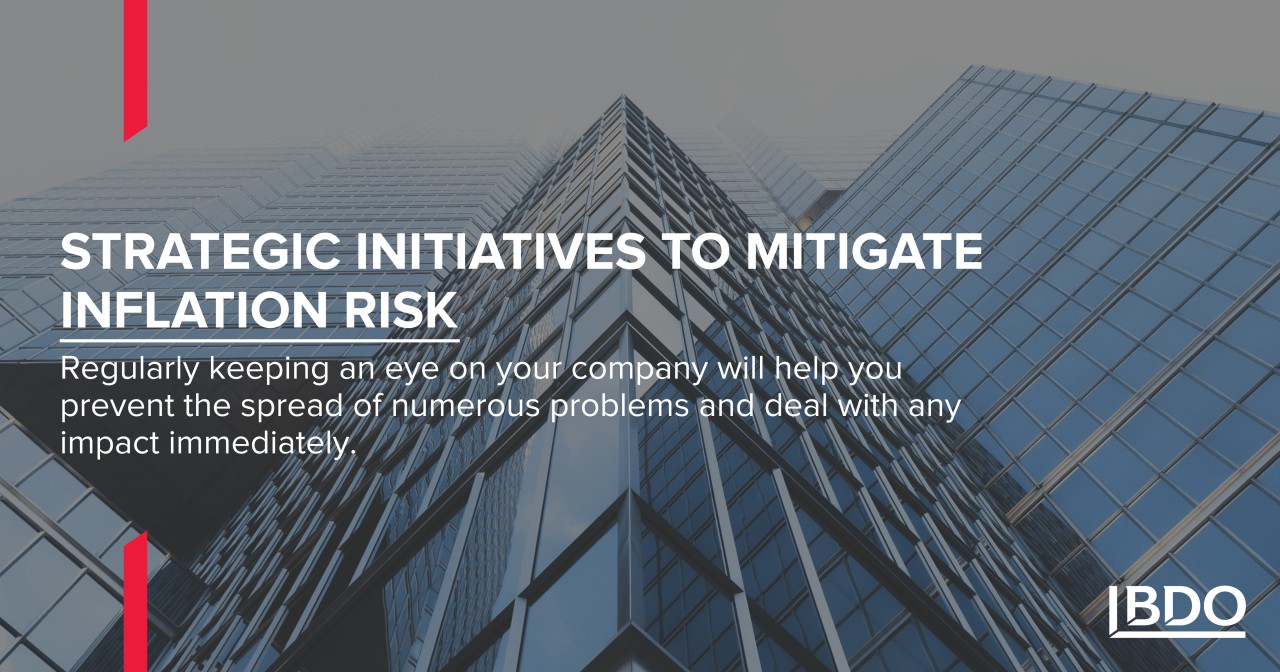Navigating Economic Challenges: Inflation Risk Mitigation
Economic Resilience: Inflation Risk Mitigation
In the realm of financial management, the specter of inflation poses a significant risk to the stability of portfolios and wealth. This article explores strategies and approaches for inflation risk mitigation, examining how investors and businesses navigate the challenges posed by the eroding impact of rising prices.
Understanding the Threat: Inflation as a Wealth Eroder
Inflation, the steady increase in the general price level of goods and services, can erode the purchasing power of money over time. Investors and businesses face the risk of diminished real returns and the devaluation of assets as prices rise. Understanding the threat is the first step in developing effective strategies for inflation risk mitigation.
Diversification: A Pillar of Risk Management
Diversification stands as a foundational principle in mitigating various financial risks, including those associated with inflation. By spreading investments across different asset classes, industries, and geographical regions, investors can reduce the impact of inflation on their overall portfolios. Diversification aims to create a resilient and balanced investment strategy.
Inflation-Linked Bonds: Tailoring Investments to Price Movements
Inflation-linked bonds, such as Treasury Inflation-Protected Securities (TIPS), offer investors a direct hedge against inflation. These bonds adjust their principal and interest payments in response to changes in inflation rates, ensuring that investors receive returns that keep pace with or exceed the impact of rising prices. Incorporating such bonds into a portfolio can provide targeted protection.
Real Assets: Tangible Shields Against Inflation
Investing in real assets, such as real estate and commodities, is a tangible strategy for inflation risk mitigation. Real assets often exhibit intrinsic value and have the potential to appreciate over time. Real estate, in particular, not only serves as a hedge against inflation but can also generate income through rent, further enhancing resilience.
Gold and Precious Metals: Time-Tested Safe Havens
Gold and other precious metals have long been considered safe-haven assets and effective tools for inflation risk mitigation. These commodities often retain value during periods of inflation, providing a store of wealth that can counteract the erosive effects of rising prices. Including gold in a diversified portfolio can act as a traditional safeguard.
Dynamic Investment Strategies: Adapting to Changing Conditions
Mitigating inflation risk requires dynamic and adaptive investment strategies. Investors should stay informed about economic conditions, central bank policies, and global events that can impact inflation. Regularly reassessing the investment portfolio and adjusting strategies based on changing conditions are crucial elements of effective inflation risk mitigation.
Dividend-Paying Stocks: Balancing Yield and Inflation Protection
Certain stocks, particularly those with a history of paying dividends, can act as a source of income and a hedge against inflation. Dividend payments can provide a consistent cash flow, and companies that increase dividends over time may offer investors a potential shield against the eroding effects of rising prices.
Economic Summit: Exploring Inflation Risk Mitigation Strategies
For a deeper exploration of inflation risk mitigation strategies and insights from experts, consider participating in the Inflation Risk Mitigation Summit at rf-summit.com. This summit provides a platform for discussions,


